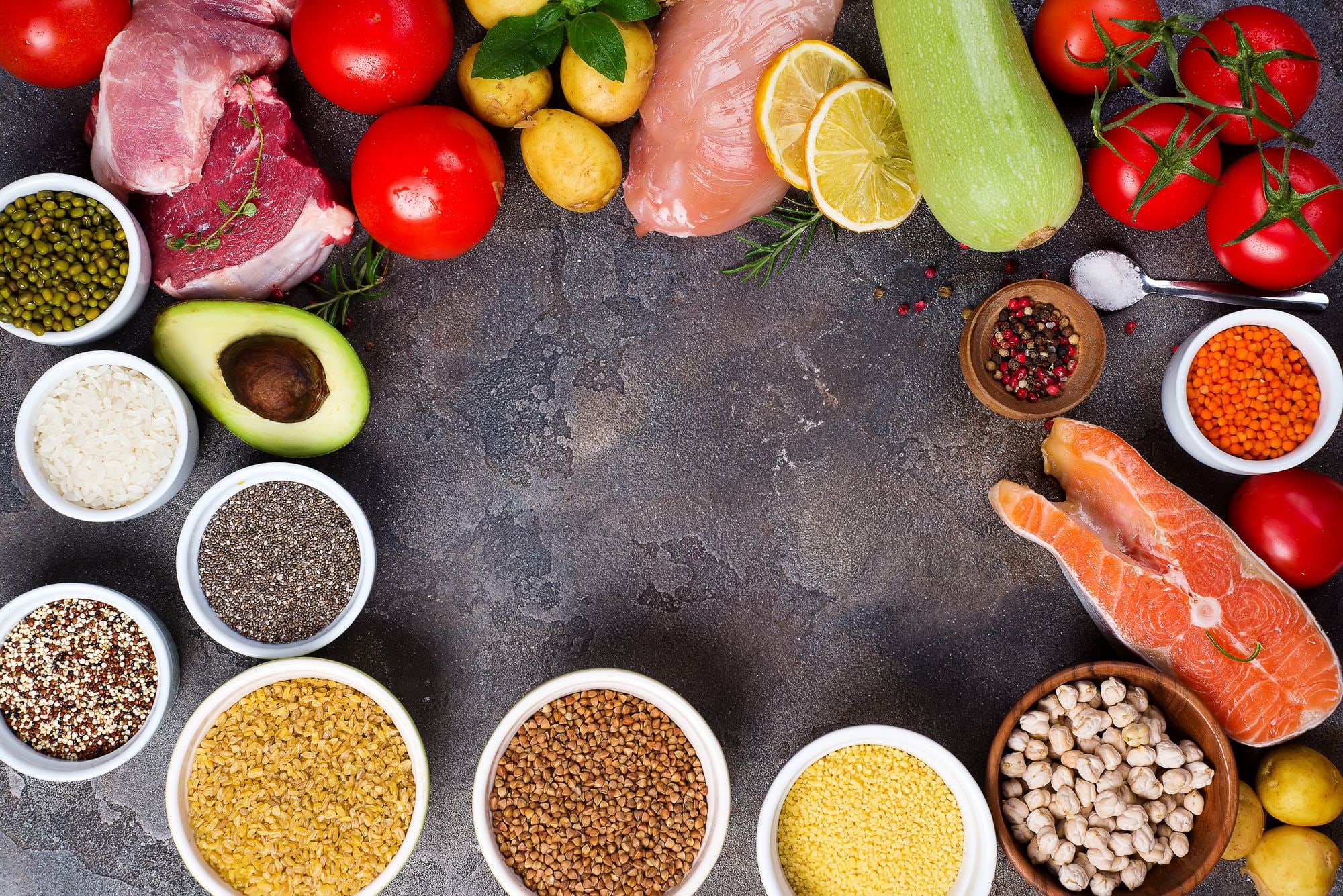Comparing Paleo and Whole30 Diets – Which is Right for You?
What is Paleo Diet?
The Paleo diet, also known as the Paleolithic diet, is a way of eating that mimics the diet of our ancient ancestors who lived during the Paleolithic era, which ended about 10,000 years ago. The diet typically includes foods that could be hunted, fished, or gathered, such as lean meats, fish, fruits, vegetables, nuts, and seeds.
Are you considering embracing the Paleo Diet and its remarkable health benefits but need help effectively integrating it into your daily meal planning? Look no further! The paleo recipes app by Lasta is your perfect companion, making it easier than ever before to incorporate the principles of this nutrient-dense, unprocessed food lifestyle.
The Paleo diet excludes many modern processed and refined foods, including grains, dairy, legumes, refined sugars, and processed oils. Advocates of the Paleo diet believe that by eating a diet more closely resembles what our ancestors ate, we can improve our health and reduce the risk of chronic diseases such as obesity, diabetes, and heart disease.
This friendly app supplies many delicious, wholesome recipes, stays current with current dietary trends, and even features a user-friendly interface to help seamlessly manage your nutritional requirements. As a result, the paleo recipes app is the ideal resource to support you in effortlessly adopting the Paleo Diet, elevating your eating habits, and ultimately boosting your overall wellness.
Give it a try today and experience the transformative power of this ancient yet timelessly practical approach to nutrition.
What is Whole30 Diet?
The Whole30 diet is a 30-day program that emphasizes whole, unprocessed foods while eliminating foods that may negatively affect health. It is not a long-term diet plan but a short-term reset to improve one’s health and relationship with food.
During the 30-day program, participants are encouraged to eliminate certain food groups, including grains, dairy, legumes, processed foods, and added sugars. Instead, the focus is on eating whole foods such as meat, seafood, eggs, vegetables, fruits, and healthy fats.
The Whole30 program also emphasizes the importance of reading ingredient labels and avoiding foods that contain added sugars or artificial ingredients. After completing the program, participants are encouraged to reintroduce the eliminated food groups one at a time to see how their body reacts and identify potential food sensitivities.
How the Paleo and Whole30 Diet Differ
The Paleo and Whole30 diets share some similarities but also some critical differences.
● The main difference between the two diets is that the Whole30 diet is designed as a short-term reset, while the Paleo diet is more of a long-term lifestyle choice. During the Whole30 diet, participants identify foods that may negatively affect their health and develop healthier eating habits. The Paleo diet, on the other hand, is a long-term way of eating based on our ancient ancestors’ dietary patterns.
Another difference between the two diets is the level of restriction. The Whole30 diet is more restrictive than the Paleo diet, as it eliminates certain food groups for the duration of the 30-day program. In contrast, the Paleo diet allows for some flexibility and does not eliminate entire food groups.
The Whole30 diet emphasizes the importance of reading ingredient labels and avoiding foods with added sugars or artificial ingredients, while the Paleo diet focuses on eating whole, unprocessed foods.
The Benefits of a Paleo Diet & Steps to Take to Achieve it
The Paleo diet has potential benefits, including weight loss, improved blood sugar control, and reduced inflammation. Here are some steps you can take to achieve a Paleo diet:
- Focus on whole, unprocessed foods: The Paleo diet emphasizes the importance of eating natural, unprocessed foods like meat, fish, eggs, vegetables, fruits, and healthy fats. These foods are rich in nutrients and can help to promote overall health and well-being.
- Eliminate processed foods: Processed foods are often high in added sugars, unhealthy fats, and artificial ingredients. As a result, they can contribute to inflammation, weight gain, and many chronic health conditions. You can reduce your risk of these adverse health outcomes by eliminating processed foods from your diet.
- Avoid grains and legumes: The Paleo diet excludes grains and legumes, as they are relatively recent additions to the human diet and can be challenging to digest. Instead, focus on getting carbohydrates from fruits and vegetables.
- Choose high-quality, grass-fed meat: The Paleo diet emphasizes the importance of choosing high-quality, grass-fed beef, as it is more nutrient-dense and contains healthy fats.
- Incorporate healthy fats: Healthy fats like olive oil, coconut oil, and avocado are essential to the Paleo diet. They can help to improve brain function, reduce inflammation, and promote weight loss.
The Benefits of a Whole30 Diet & Steps to Take To Achieve it
During a Whole30 diet, you eliminate processed foods from your diet and identify any food sensitivities you may have. Here are some potential benefits and steps to take to achieve a Whole30 diet:
- Identify trigger foods: The Whole30 diet requires eliminating common triggers, including added sugars, grains, dairy, legumes, and processed foods.
- Focus on nutrient-dense foods: These foods are rich in vitamins, minerals, and antioxidants that can help to promote overall health and well-being.
- As part of the Whole30 program, you should avoid foods that are marketed as ‘healthy’.
SUMMARY
Deciding between the Paleo and Whole30 diets can be a difficult choice. You can improve your health, lose weight, and address underlying food sensitivities with both, but one might fit your needs better than the other.
The Paleo diet is based on eating as closely as possible to how paleolithic humans ate in their hunter-gatherer era while avoiding anything processed or refined. Instead, it focuses heavily on meat, eggs, vegetables, fruits, nuts, and seeds.
The Whole30 diet restricts added sugars and sweeteners, processed foods, and alcohol for 30 days, emphasizing protein sources like poultry, fish, red meats, and eggs, along with plenty of fruits and vegetables.
Ultimately, your diet depends on the specific lifestyle changes you want to make within a given time frame. Consider assessing which plan will work best for you!
For more: Businesstechtime.com






